If you are a saree lover like me, then Bishnupur – a historical, quaint town located in Bankura District, West Bengal, is a must-visit for you.
Famous for its terracotta temples and architectural wonders built by the foregone Malla Dynasty kings of Bengal, Bishnupur is a mere 3-4 journey from Kolkata.
For me, what was pulling me more than the architectural wonders of yesteryear, were the Baluchari and silk sarees of Bishnupur, known all over the world for their timeless appeal. I had long yearned for these enchanting pure silk sarees glistening with colourful threads and intricate designs. Any sartorial wardrobe is incomplete without these beauties that are woven and embellished in Bishnupur.
So that was what prodded me to make this trip. And was I enchanted? You bet!
Baluchari and Swarnachari- Wonders in Silk
This town is famous for its superior quality pure silk sarees, woven with finesse and diligence, and embellished with scenes from Indian epics. The Baluchari (a GI tagged treasure of this state) and Swarnachari sarees are works of art on fabric, handwoven painstakingly by master craftsmen. Besides, the Baluchari, the Bishnupur Katan Silks, Printed Silks and Tussars are also worth checking out. You also have cotton sarees woven with Baluchari motifs.
The showrooms there sell these beauties, but I wanted to get a first-hand experience of the weaving process. We visited a workshop attached to a showroom, where skilled artisans diligently worked away with silk threads, on looms operated by feet and hands. The design is first done on paper, then stencilled in box patterns on cardboard, and then woven into the saree. The final product takes about 8-10 days to get finished.
I marvelled at the diligence and perseverance of the craftsmen toiling away on the looms in the dingy workplace. They work a gruelling four-hour shift in the morning, followed by a lunch and snooze break, and again a four-hour shift in the evening. Needless to say, they get paid a meagre wage for producing these world-renowned sartorial wonders.
Origins of Baluchari
Wikipedia mentions, “In the eighteenth century, Nawab Murshid Kuli Khan, patronized its rich weaving tradition and brought the craft of making this sari from Dhaka to the Baluchar village in Murshidabad”. His patronage encouraged the industry to flourish.
Each saree is like poetry woven on colourful fabric. Baluchari and Swarnachari sarees are made from the purest natural silks, embroidered with silk thread, and are marked with the Silk Mark for authenticity.
However, with the rising cost of raw materials, like silk yarn and threads, the cost of the sarees has gone up several notches in recent times. Now, the traditional craft of Baluchari saree weaving is entirely dependent on the continued patronage of saree enthusiasts. It is only if we as buyers buy genuine silks from them, instead of the power-loom stuff that is way cheaper and more easily available, will this art survive. Future generations may see this beautiful art slowly dying out otherwise.
This short glimpse of the real thing left me hungering for more. So, we requested our hired toto driver to take us to a weaver’s house. Through the winding lanes and narrow gullies, we went to Tanti Para, a colony of weavers in Bishnupur. The lanes are so narrow, you can negotiate them either on foot or by rickshaw/toto only.
The sun was setting and it was dusk when we reached, in quest of the exquisite beauties of Bengal.
Glorious Family Tradition
The experience of meeting the weaver and his family was an unforgettable one. We went first to his adjacent workshop and saw some of these rich sarees being woven on the looms. The traditional Baluchari uses only colourful threads – woven in designs like dancing girls, or animal motifs. One design is patented and lasts for about a decade or two. These motifs are strictly traditional and are woven in a box pattern, replicated by the stencil. Contemporary styles have these Baluchari sarees in designs where coloured threads are interspersed with golden threads (called Minakari Balucharis).
A further improvisation is the Swarnachari saree, which has a weft of two or more colours and a weave of coloured and golden threads.
These are woven in the order of blouse piece first, then the borders and aanchal, and then the rest of the saree.
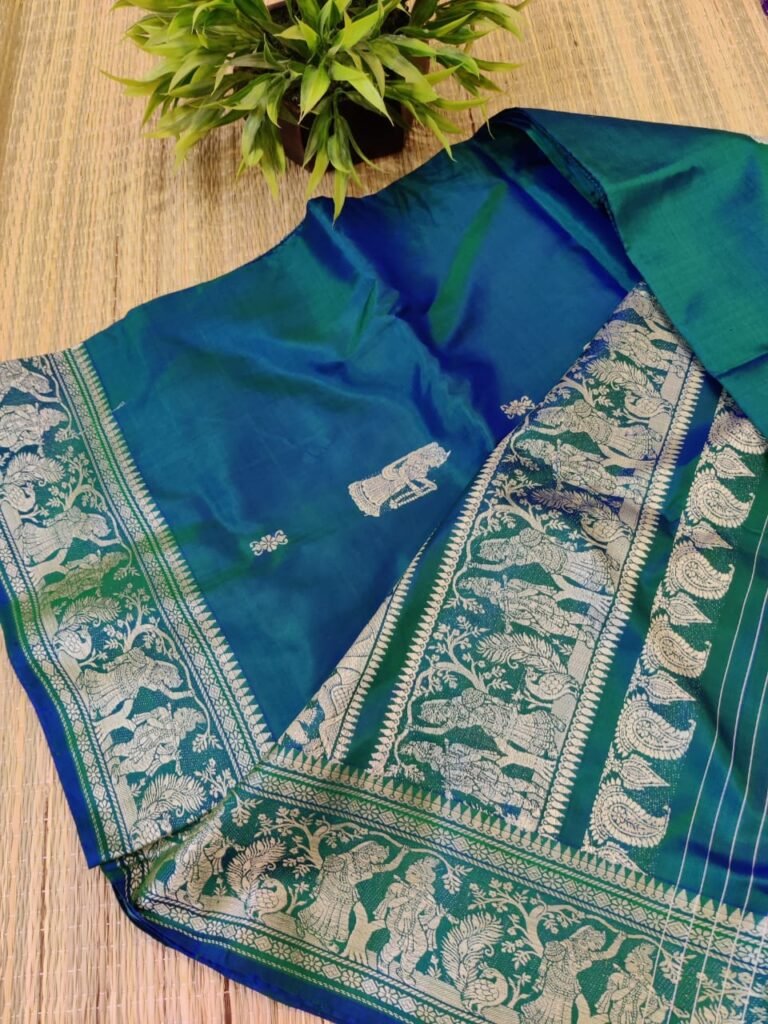
I was so excited to see patterns take shape on the loom right in front of my eyes. Gold for a saree lover like me!
We then entered the house of a master craftsman who had spent over forty years in this profession. His son and son’s wife, as well as the grandchild of eight years, eagerly welcomed us to the treasure trove of their homespun collection.
And what a treat it was! Yarn after yarn of the most gorgeous Baluchari, Swarnachuri, Tussars, Katan, Printed Silks and whatnot, unspooled in front of us. And it was a delight to see them unfolded by the very hands that wove them. (The young boy was the most enthusiastic, bringing out saree after saree from their collection kept in an inner room!)
I went quite berserk and bought a gorgeous Swarnachuri, as well as a tussore with Madhubani print. Yes, these prints from neighbouring Bihar and Jharkhand have made their way into sarees in Bengal too. The rest of my family, including my teenage daughter (not a staunch saree fan otherwise), sat mesmerized through the entire demonstration. It was a unique experience that took away the day’s exhaustion from our minds and bodies.
A visit to Bishnupur sensitized me to hardships and challenges undergone by Indian artisans to keep their craft alive. Hats off to these unsung workers!
Where to Stay in Bishnupur
Bishnupur is accessible by rail and road. You can opt for the West Bengal government-owned tourist lodge that has decently furnished AC rooms at reasonable rates.
There are some hostels with basic lodging facilities, and a few decent hotels too.
How to Reach and Best Time to Visit
Take a flight or train to Kolkata/Howrah. From there, take a train or a car to reach Bishnupur. The time taken for the rail or road journey varies from 3 to 4 hours.
Summers are hot and humid here. The best time to visit would be in winter and spring (October to March). A trip of two days is ideal to cover all the tourist attractions like terracotta temples and monuments this region is known for. If you want to soak in the atmosphere, and also check out the handloom and weaving stops, then plan a slightly longer stay.
Get your bags packed and revisit heritage in Bishnupur, West Bengal. You won’t regret the visit, I assure you. The Baluchari beckons you….
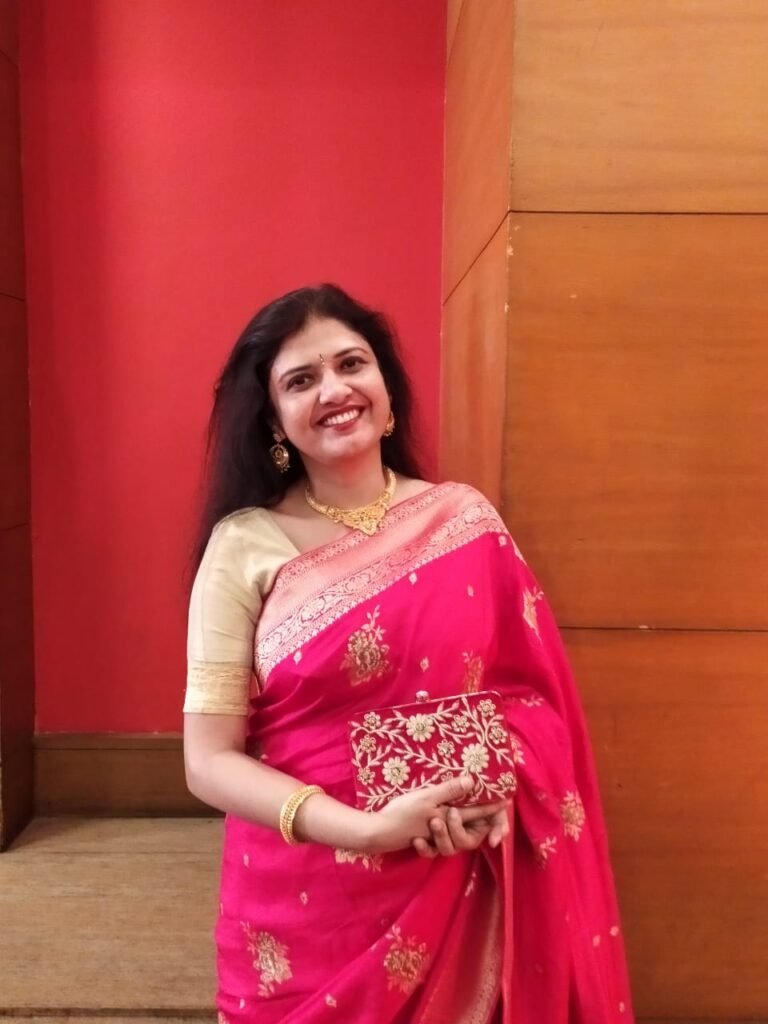
By Barnali Roy
Presently a Blogger and Content Writer, Barnali Roy has been a corporate employee and faculty for Business Communication, HR, and Soft Skills in the past. An avid reader, cine-lover, foodie, crossword and travel enthusiast, she writes on diverse niches ranging from food and health, to motivation, emotional growth and self-development. She can be contacted at barnaliroy18@gmail.com








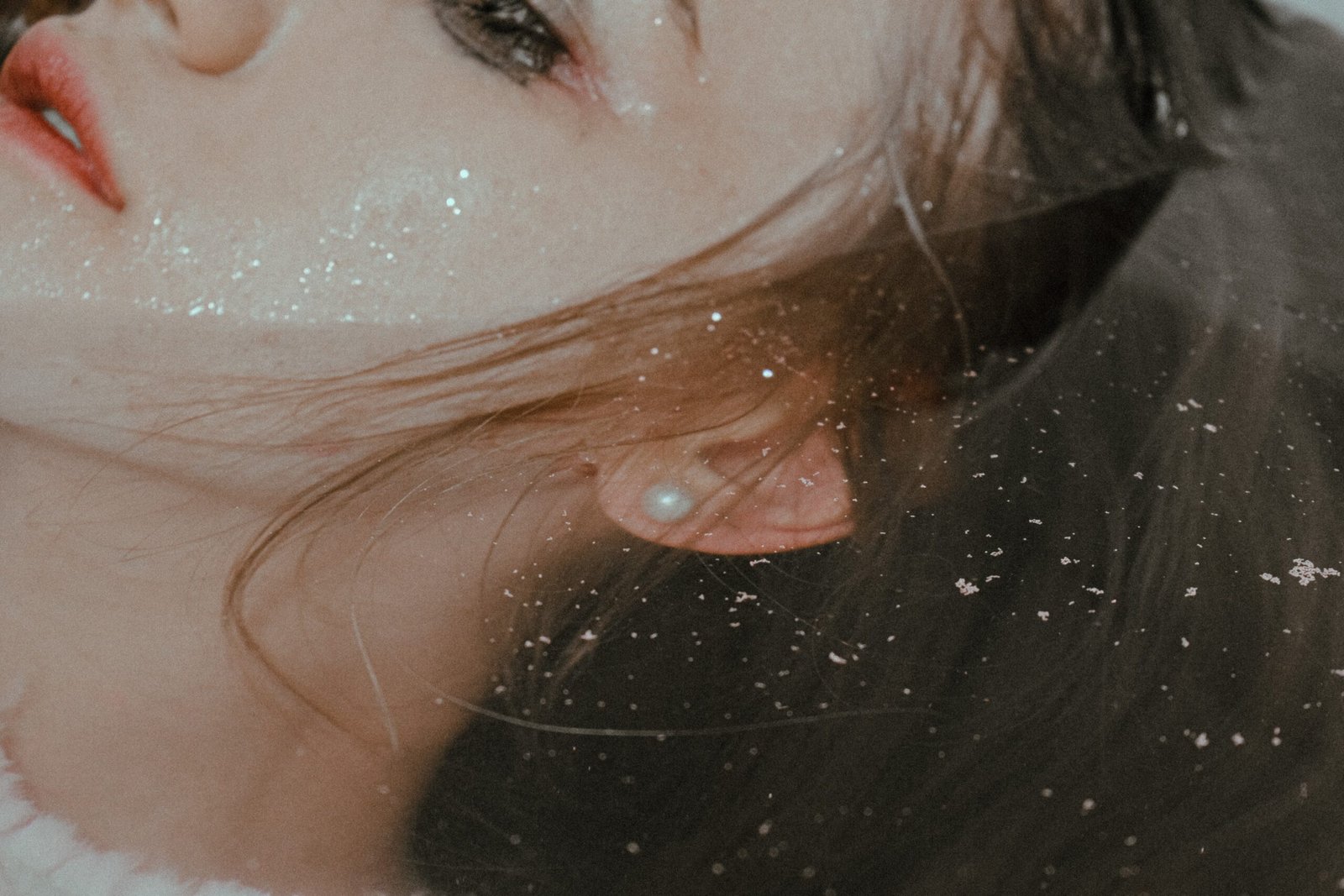

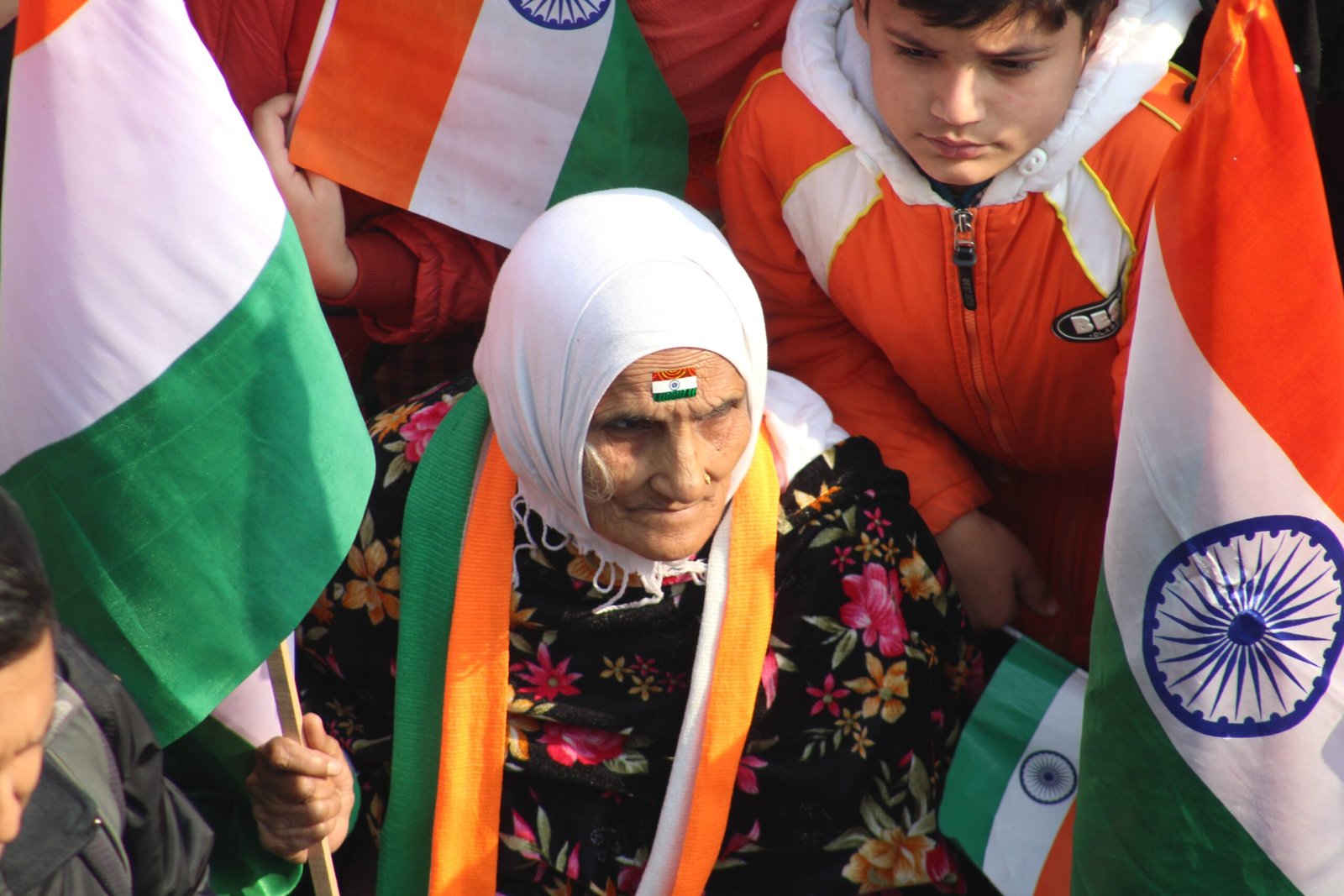

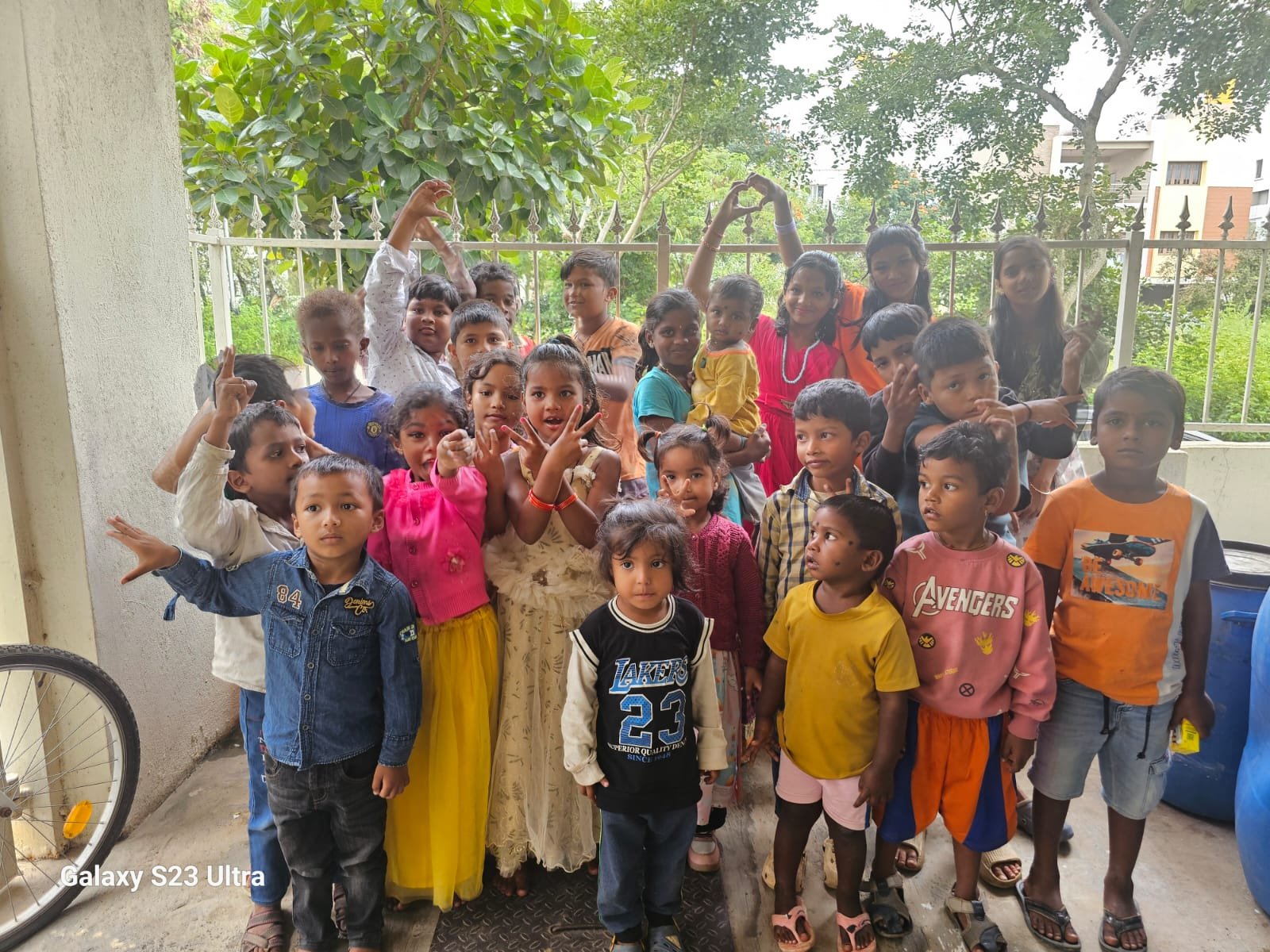

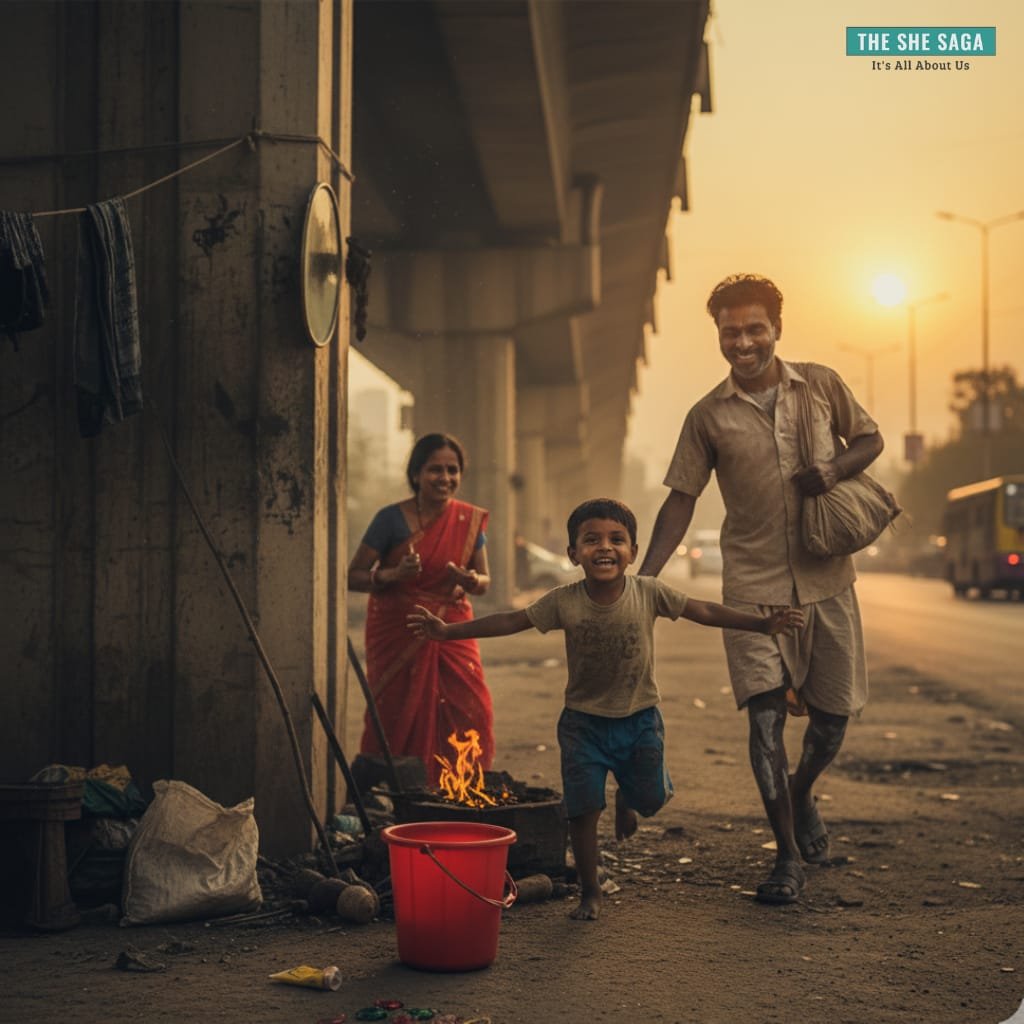
One Response
I’ve decided to visit Bishnupur in December. Your article is really helpful for people like us who are visiting for the first time.
You have mentioned that your toto driver took you to tantipara but I have a bitter experience related to that. In many cases the drivers take the visitors to some places where they get better rate of commission.
So I request you to mention the name of the weaver whom you met.